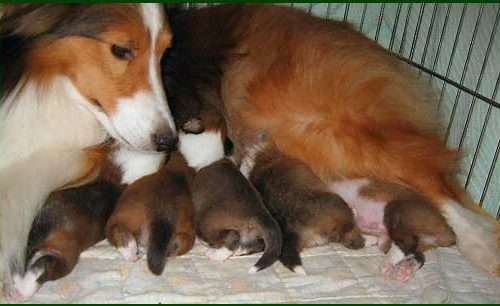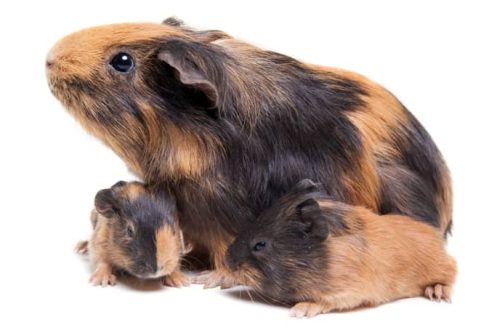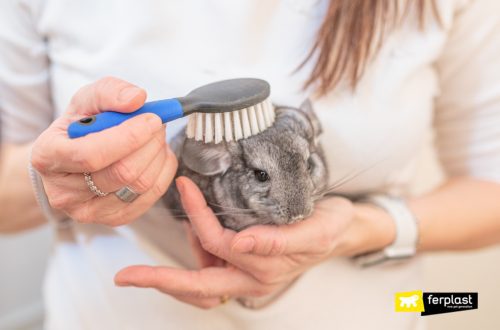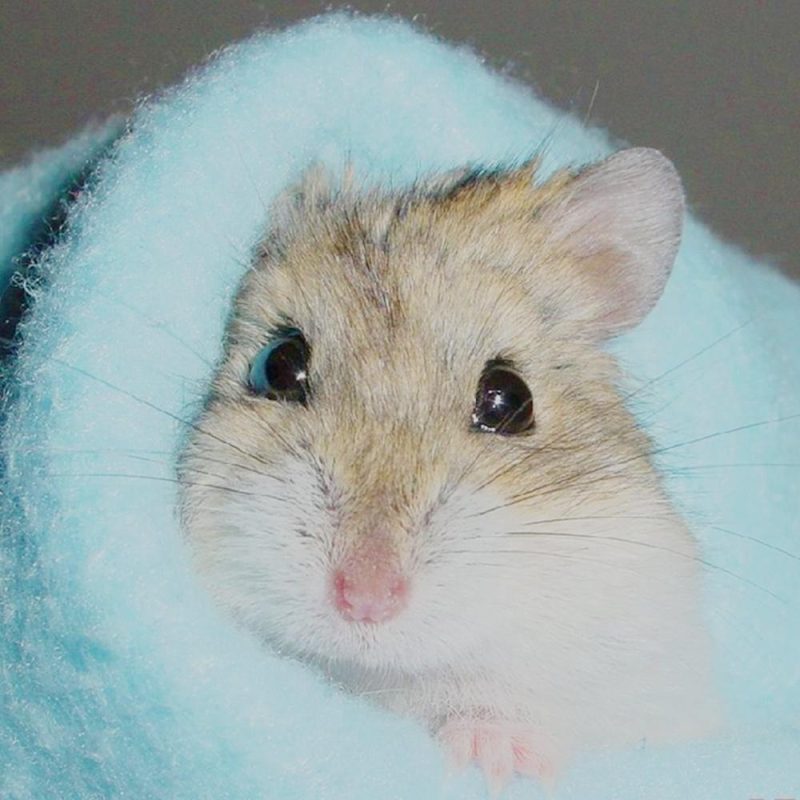
How many years do Djungarian hamsters live at home and what affects their life expectancy
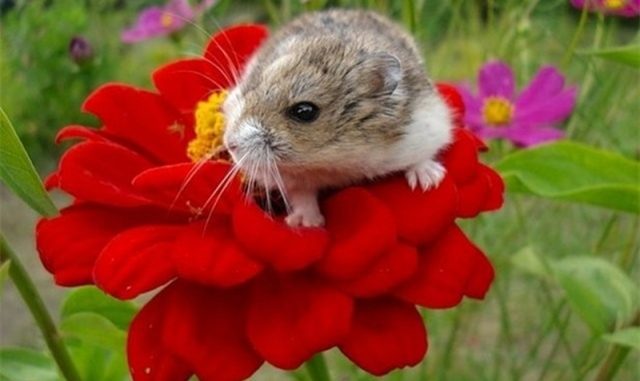
Hamsters as pets are just as pleasant and joyful as dogs or cats we are used to, with one small exception – small steppe creatures are limited to a short life span, which rarely exceeds a 3-year milestone. So how long does a Djungarian hamster live at home and is it possible to increase its lifespan?
Contents
How many years do Djungarian hamsters live: at home and in nature
The life expectancy of a hamster in the wild is due to the danger that awaits the rodent literally at every step. A daily outing from the mink, associated with the extraction of food, implies the full combat readiness and alertness of the animal, filling its day with stress and worries.
The hamster dzhungarik in the wild daily faces such difficulties as:
- death while hunting;
- diseases and injuries;
- lack of food.
Even if a hamster has successfully returned to its burrow and stocked up on provisions to help it get through the winter, it continues to feel stressed by the need to always be on the lookout. Life at home is much easier and the animal does not have to experience constant stress, which gives him extra time.
The life span of an animal in nature rarely goes beyond 2 years, stopping at lower numbers.
On the contrary, having settled in a home cage, a dzhungarik will delight the world around him with his presence for at least 2 years, and in some cases hamsters can live up to 3 or 4 years.
The long life of the animal in this case directly depends on the quality of its existence. Here it is important not only to properly feed and care for the rodent, but also to know how to communicate with it correctly, bringing only joy to the pet and depriving it of unpleasant emotions.
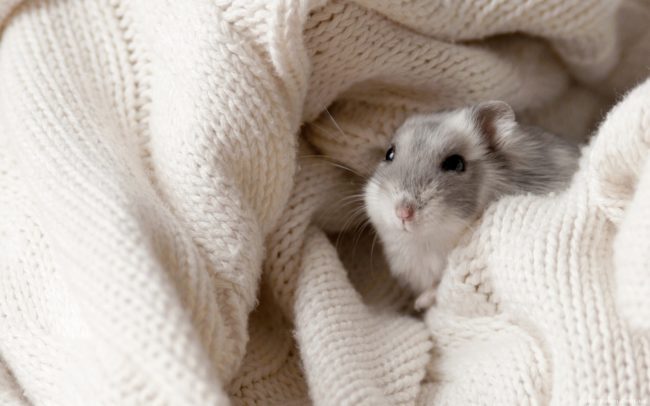
Why do jungars die at home
The reason for the short life of a hamster in a cozy house, where he is surrounded by warmth and care, can be:
- banal overeating;
- domestic injury;
- serious illness.
Moreover, the latter may be caused by improper handling of the animal. Since the dzungars are sensitive to loud sounds, frequent exposure to such conditions can lead to animal stress, against which the animal can fall into a stupor.
This state is very similar to hibernation, but in fact it indicates the problems of the animal with nutrition or emotional state. Faced with this, it is necessary to gently wake up the pet, warm it up and create a calm environment that will contribute to the recovery of the rodent.
You should be careful about feeding the animal, not allowing him to eat double portions.
A rare hamster will refuse his favorite treat, but a small stomach may not be able to cope, provoking the death of a jungarik. Do not forget that in nature they live the most active life, spending most of it in search of food. Therefore, light overeating is leveled by daily jogging, without having time to bring negative consequences to health.
How nutrition and care affect the lifespan of a hamster
Cell placement
Given the nature of the steppe animal living in a mink, it is necessary to protect it from bright light and direct sunlight. The peak of rodent activity occurs at night, postponing wakefulness to the bright half. Therefore, placing the cage near the window will not allow the animal to fully rest, which can subsequently lead to devastating stress.
Cell cleaning
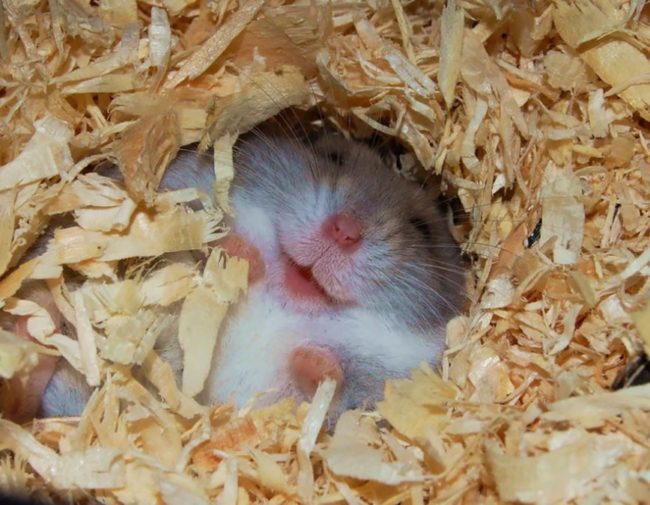
Regular cleaning of the cage, which must be done twice a week, will create good conditions for maintaining the health of the pet. In this case, you can be sure that the animal will not be poisoned by an expired supply that did not finish last Monday. Timely removal of natural waste from his house will create hygienic conditions and the ability to breathe fresh air (by the way, not only the hamster, but also its owner).
Food
The life of Djungarian hamsters is largely determined by the quality of food, and here it is also necessary to focus on their natural preferences. In the wild, the animal is unlikely to be able to get a bunch of bananas in the middle of the steppe, and therefore you should carefully monitor what the pet eats. A small piece of banana as a treat will bring the animal exceptional benefits and pleasure, but you should not offer him too much of such food.
The main emphasis in the nutrition of the animal should be placed on cereals and legumes, including:
- corn kernels and peas;
- seeds and nuts;
- wheat, rice grains.
The ideal solution in the organization of the diet is the purchase of ready-made mixtures containing the optimal set of vitamins and minerals necessary for a healthy and long life of the pet. By the way, do not forget about meat and proteins, without which it is difficult to create a strong hamster immunity. Despite their cute appearance, in nature, animals often act as predators, arranging a meat dinner for themselves.
How long can a hamster live without active movement
A rare animal will become a noble long-liver if there are no special simulators or a walking ball in its cage that will provide the animal with the proper level of activity. Life in a cage is associated with a limited area of movement, as well as the constant availability of tasty food that does not need to be obtained by running kilometers of steppe roads. But this does not mean at all that the hamster has ceased to need movement. On the contrary, constant running in a wheel or walking in a ball around the apartment will bring the animal a strong physical form and a healthy functioning of the internal organs. Including the gastrointestinal tract, which needs to be warmed up daily.
Conclusion
Observing the above conditions, you can not worry about how long the Dzhungars live, because surrounded by proper care and love, little steppe guests will delight their owners for at least 2 years.
Video: how long do dzhungars live
How long does a Djungarian hamster live
4.1 (82.73%) 22 votes



